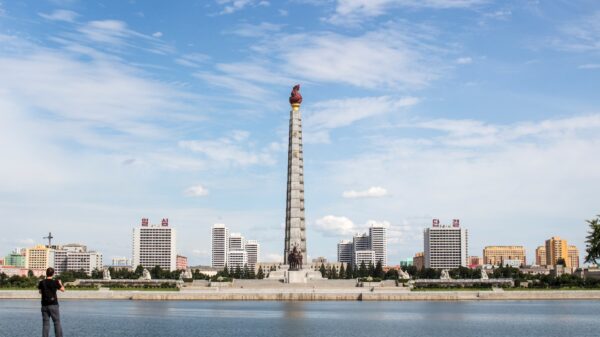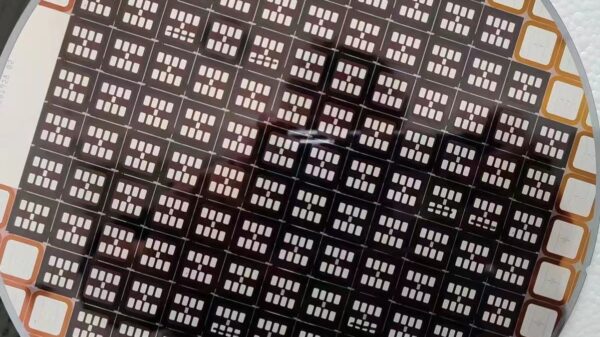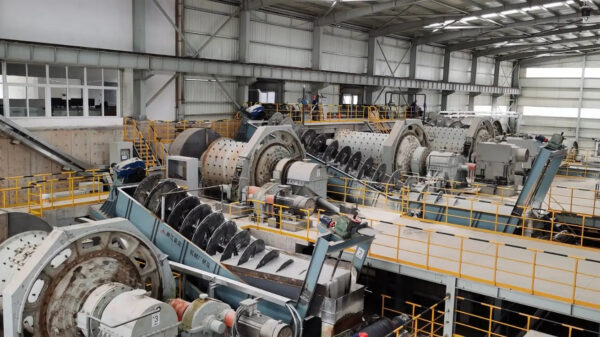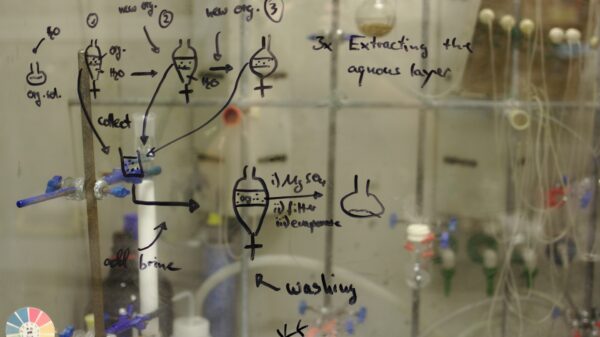The Institute of Space and Aeronautics (ISAS), a research institute under the Japanese space agency JAXA, has reportedly imposed a ban on the admission of scientists from Russia and China, according to Kyodo news agency. The ban, part of new rules introduced last September, aims to safeguard sensitive data that could potentially be used for military purposes. JAXA declined to comment on the matter.
In line with its efforts to prevent foreign agencies from accessing technologies used in satellites and missiles, ISAS has also placed restrictions on researchers and students from countries including North Korea, Iran, Iraq and Belarus. Exceptions. . .






















